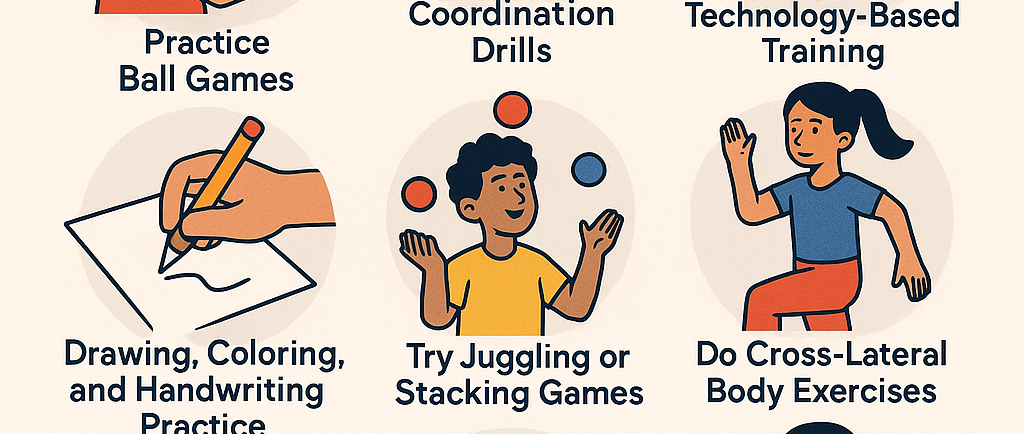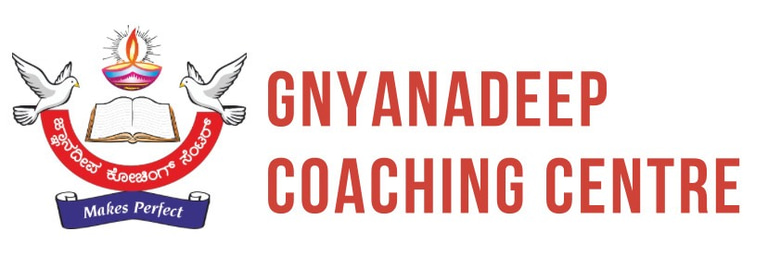Tips to Improve Hand-Eye Coordination for Students


Hand-eye coordination is the ability to process visual input with hand movements effectively. It plays a critical role in daily student activities—from writing and typing to sports, drawing, lab work, and even using digital tools like tablets or computers. In today’s fast-paced, tech-heavy learning environments, improving hand-eye coordination can boost academic performance, physical fitness, and cognitive development. Here are several effective tips to help students enhance this essential skill.
1.Practice Ball Games
One of the simplest and most effective ways to improve hand-eye coordination is by playing ball games. Catching, throwing, dribbling, or hitting a ball forces the brain to track a moving object and respond accurately. Games like table tennis, badminton, cricket, or even simple games of catch enhance reflexes and synchronization between eyes and hands.
2.Use Coordination Drills
Incorporating basic drills such as tossing a tennis ball against a wall and catching it with one hand, alternating hands, or using reaction balls (which bounce unpredictably) can challenge and improve reflex timing. These drills are fun, quick, and can be done in a small space—even a classroom or hallway.
3.Incorporate Technology-Based Training
There are many apps and video games designed to enhance hand-eye coordination. Rhythm-based games, puzzle games, and certain action video games require quick visual tracking and motor response. Though screen time should be monitored, using tech in moderation can provide engaging and measurable ways to train coordination.
4.Drawing, Coloring, and Handwriting Practice
These activities demand control, precision, and timing—all central to hand-eye coordination. Encourage students to trace patterns, draw from observation, or practice cursive writing. These not only improve coordination but also enhance focus, attention to detail, and artistic skills.
5.Try Juggling or Stacking Games
Learning to juggle or playing stacking games like Jenga can sharpen hand-eye coordination and patience. These activities develop timing, rhythm, and spatial awareness. Start simple and progress gradually to more complex challenges.
6.Do Cross-Lateral Body Exercises
Cross-lateral exercises (e.g., touching your right hand to your left knee and vice versa) activate both brain hemispheres and support better body coordination. These can be part of a warm-up routine before physical education classes or morning assemblies.
7.Use Tools and Manipulatives
Activities like origami, LEGO building, clay modeling, and mechanical kits help refine fine motor skills. These tasks require careful observation and hand precision, which build strong hand-eye integration.
8.Mindfulness and Breathing for Better Focus
Good coordination relies on attention. Teach students basic mindfulness or breathing techniques to calm their minds and increase awareness of their bodies. A focused mind responds better to visual cues and enhances control of movement.
Conclusion
Improving hand-eye coordination in students doesn’t require expensive tools or special training. It can be woven into everyday activities—from sports and art to simple classroom games. The key is consistency and variety. By engaging in fun and structured tasks that challenge both visual tracking and physical response, students can strengthen this crucial skill—benefiting not only their academic life but also their physical confidence and mental sharpness.
